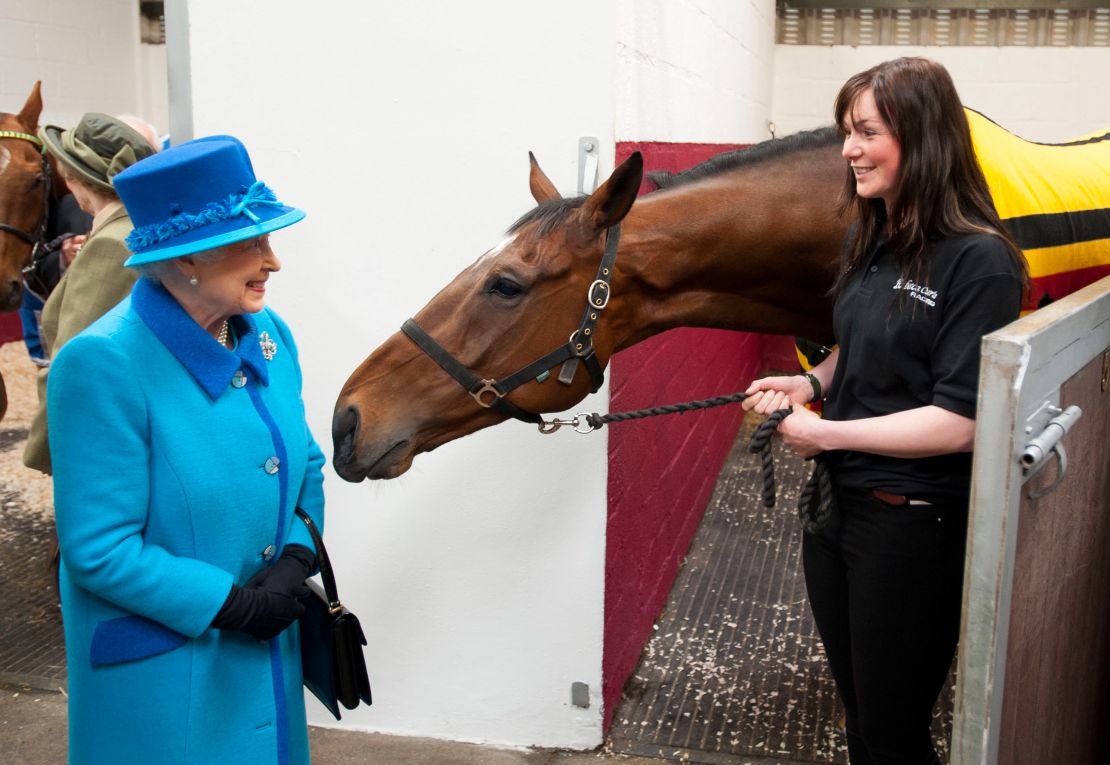Story highlights
Horses distinguish between happy and angry human emotions, study says
Heart rate increases when looking at negative facial expressions
A smile can get you a long way with people – and animals, it turns out.
Horses can distinguish between happy and angry facial expressions on humans, a new study has shown for the first time.
The 28 horses were shown large color photographs of different facial expressions for 30 seconds, and their reactions monitored as part of the research by psychologists at the UK’s University of Sussex.
When presented with photographs of angry male faces – frowning with bared teeth – the horses’ heart rate significantly increased.
Importantly, the equines also moved their heads to look at the aggressive photos through their left eye – a mannerism associated with negative stimuli.
Information from the horses’ left eye is processed in the brain’s right hemisphere – an area specializing in threatening environments, said researchers.

“What’s really interesting about this research is that it shows horses have the ability to read emotions across the species barrier,” explained Amy Smith, a doctoral student who co-led the research.
“We have known for a long time that horses are a socially sophisticated species, but this is the first time we have seen that they can distinguish between positive and negative human facial expressions.”
The animals, from stables across Sussex and Surrey in the south of England, also had a much stronger reaction to the angry faces, than the happy ones.
“Recognizing angry faces may act as a warning system, allowing horses to anticipate negative human behavior such as rough handling,” explained Smith.
It follows another study by researchers also at Sussex University in August last year, which revealed horses have 17 discrete facial expressions to indicate their mood.
That’s one more expression than dogs (16) and four more than chimpanzees (13). Cats were found to have 21 expressions, with the “larger facial repertoire largely due to extensive whisker and ear movements” said researchers.
Read: Horse Yoga: The philosophy of Doma India













